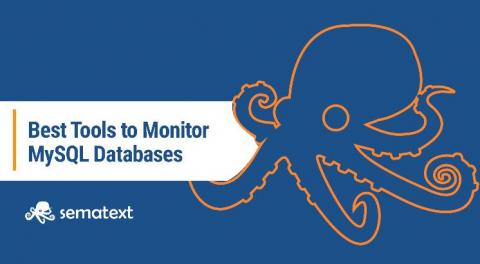Troubleshooting PostgreSQL: How to Use Logs and Metrics to Fix Slow Queries
Imagine some users complaining that querying PostgreSQL is slow (this never happened right?), and we have to troubleshoot this problem. It could be one of two things: I would normally first check on the environment, specifically PostgreSQL metrics over time. Such monitoring shows if the CPU is too high or how many disk reads were buffer reads. PostgreSQL logs also give information about the environment, such as how many statements were run and if any errors occurred.











